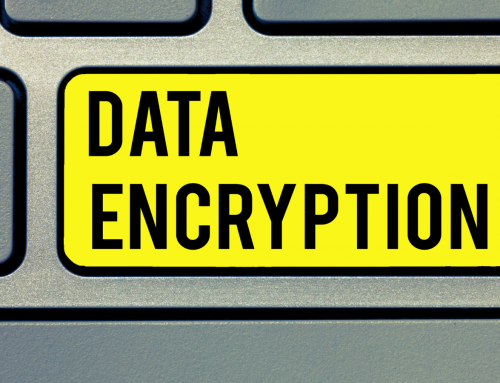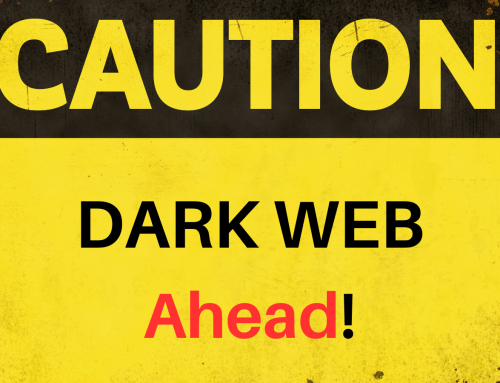Understanding a data breach?
A data breach is when a private person or business secures data. Like bank accounts, credit card numbers, or social security numbers. Are exposed because of a hacker, malware, virus, or other malicious means. This exposure can occur either electronically or in paper format. Many times, these breaches consist of the exposure of usernames, emails, and passwords. Sometimes involving sensitive, personally identifying information. The growing trend of breaches upon companies and organizations which are exposing very sensitive information at an alarming rate.
Who does a breach affect?
Breaches impact all sorts of industries, from medical organizations, and government agencies, as well as companies large and small. Some of these companies have made recent headlines; (click each company for details) Target, Michaels, Home Depot, and Kmart, (click this for a full list of these breaches.) These organizations have all reported data breaches that affected millions of customers and patients.
What’s the cost?
The fact is that a data breach can sink your business costing thousands to millions of dollars in legal fees and other expenses if you’re not properly protected.
What about my business’s reputation?
Breaches happen, but did you ever wonder how these data breaches actually affect an organization’s reputation? Well, a survey recently found that it takes an average of one year (sometimes longer) for a victim organization to restore its reputation after a hack. Can your business survive a full year before regaining its reputation? If you like most other businesses, probably not.
Related article [Protect Your Business From Being The Next Victim Of Cyber Crime]
What do I do to protect my business from a data breach?
Jim Slick, CEO of Slick Cyber Systems, a cybersecurity and networking expert for more than 30 years, recommends that every business should perform a risk analysis to understand where their business’s possible weaknesses exist. If you are unable to perform a risk analysis, then contact an expert to help review systems. The security experts will be able to provide guidance and then develop a plan to either eliminate or mitigate as much of the risk as possible. If you have a plan, make sure that the plan is updated and tested so that everyone within the company understands that security does not just belong to your I.T. dept., but is a shared responsibility of every employee and executive of the company. Still have questions contact Jim Slick at (570) 215-8888, or visit Slick Cyber Systems online at www.slickcybersystems.com.






